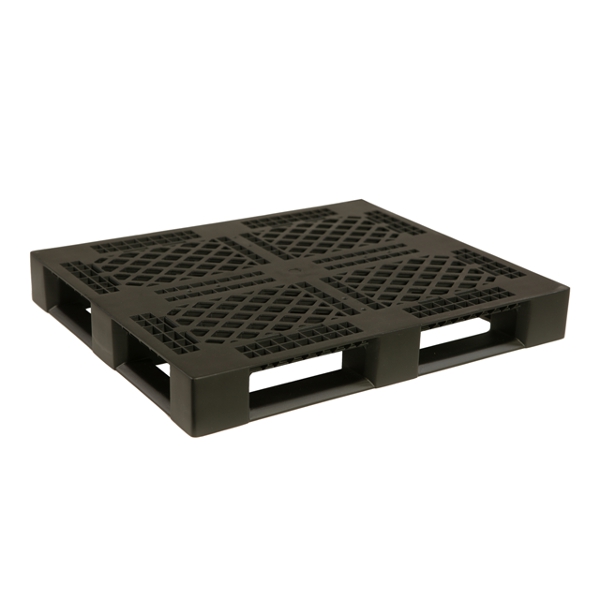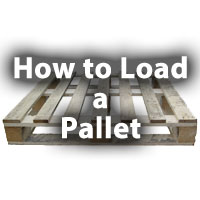How to Load a Pallet – Video Transcript
Hello and welcome to Premier Handling Solutions’ video series on running a safer and more efficient warehouse. Today we’re going to talk about the steps for properly loading a pallet with various goods and products.
Before You Load Any Pallets
Years of research and financial investment has been implemented into the proper ways to load and transport pallets. Every aspect of producing a good and delivering it to  consumers has an important role in making material handling more efficient. It’s important to understand how each procedure of producing a good must conform to the most vital component, the pallet.
consumers has an important role in making material handling more efficient. It’s important to understand how each procedure of producing a good must conform to the most vital component, the pallet.
The main components of producing a good are: Manufacturing, Packaging, Boxing, Palletizing, Handling, and Shipping, This process can work in reverse order, but most generally starts with the shipping container and works its way down to manufacturing.
The first step in this process is utilizing the capacity of a shipping container like a truck, train, boat, or plane. This is where the pallet size is determined.
No set standard pallet size has been adopted in the United States, but the typical size of a pallet is around 48 by 42 inches. The pallet is generally sized to fit completely square against the sides of the container while maximizing the amount of product on the load.
Then the product’s manufacturing, packaging, and box size are all determined. Most generally, a company will create boxes that are square with the shipping pallet. Then the product and its packaging are shaped to maximize product load and minimize waste. All while keeping the package attractive to customers!
Loading the Pallet
 Before loading anything onto a pallet, everything must be thoroughly inspected.
Before loading anything onto a pallet, everything must be thoroughly inspected.
First, make sure your pallet is not rotted or damaged beyond use. A damaged pallet will only get worse through handling, so scrap it now before it damages your products.
Second, determine if the product is below the weight limit of the pallet.
Third, ensure your handling equipment like a pallet truck or forklift will be sufficient for the load.
Next, examine the products ready to be loaded. Square and rectangular products are the easiest to load while odd-shaped products will be more troublesome.
The fifth step is making sure no moisture or other element has weakened or changed the product in any way.
Then, begin placing products uniformly onto the pallet. It is often best to keep a generally square shape when shipping. If the product will not make an overall square load, try to centralize the weight of the goods on the pallet as much as possible.
Finally, once your pallet is loaded, it is time to secure the product. The most accepted way to secure an industrial pallet is by strapping around the load and stretch wrapping it entirely. An additional ‘tamper tape’ can be wrapped around the load to ensure nobody has tried to interfere with the load.
And there you have it! Your palletized load is ready to be handled and shipped. For information on safely handling a pallet using a forklift, check out our latest blog post, ‘How to Load a Forklift’. Next week, we’ll show you how to properly load your load into a container!
Thank you for stopping by to watch the Premier Handling Solutions video series on running a safer and more efficient warehouse. Remember, increasing how secure your load is will increase the chances that it will arrive in tact. Be sure to stop by often for more warehouse tips!

